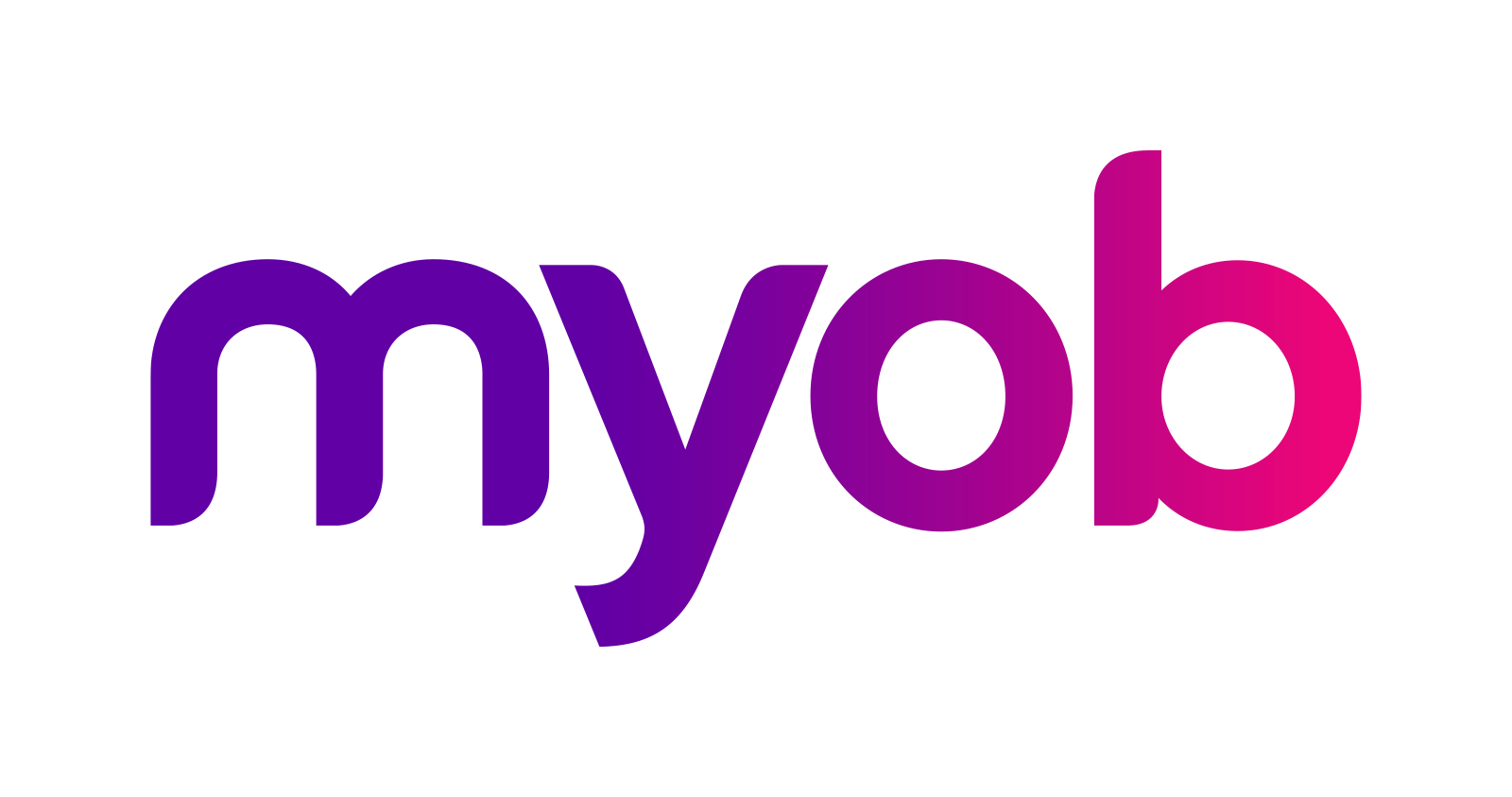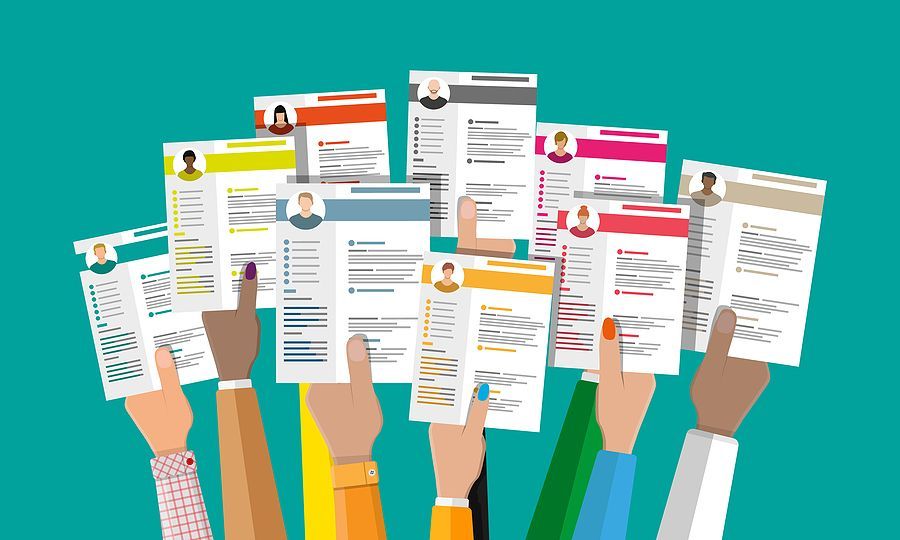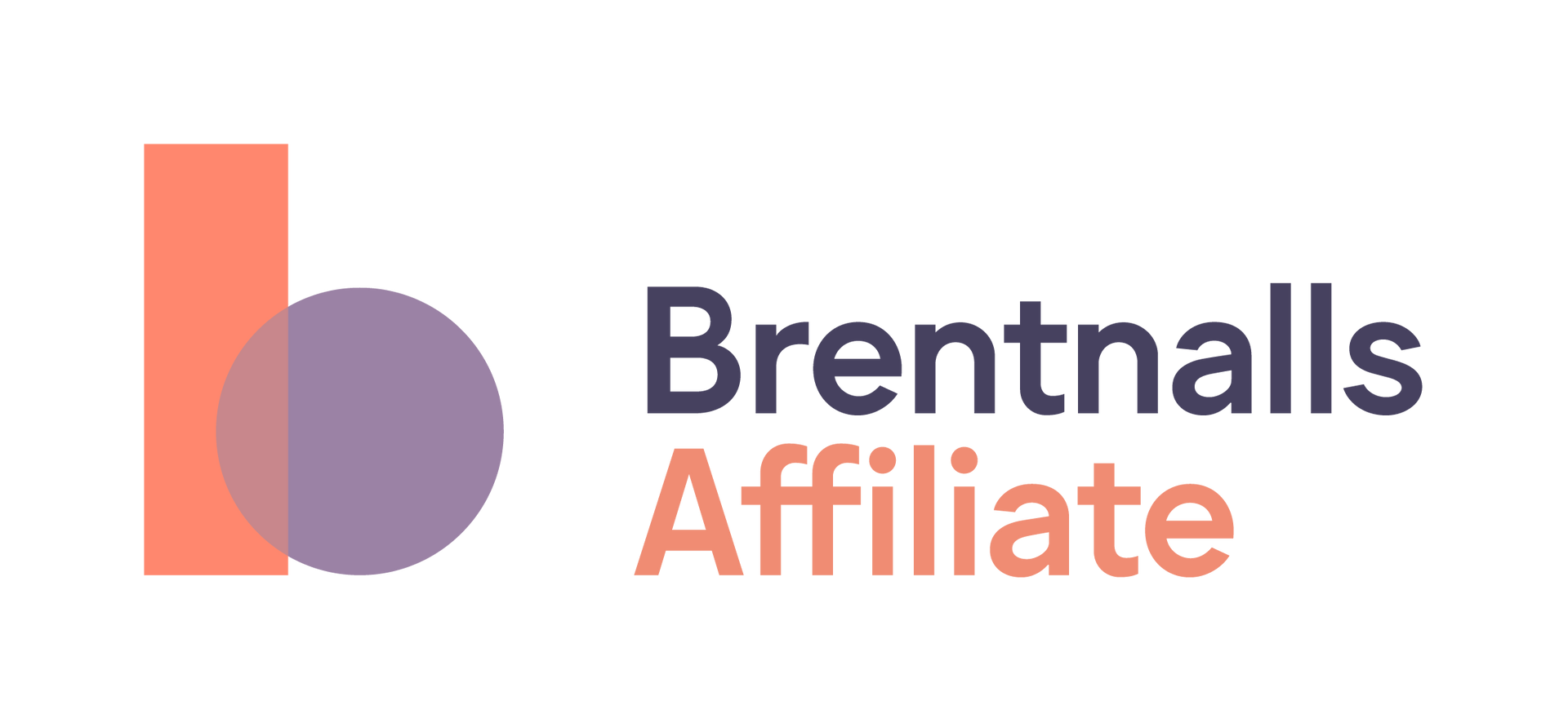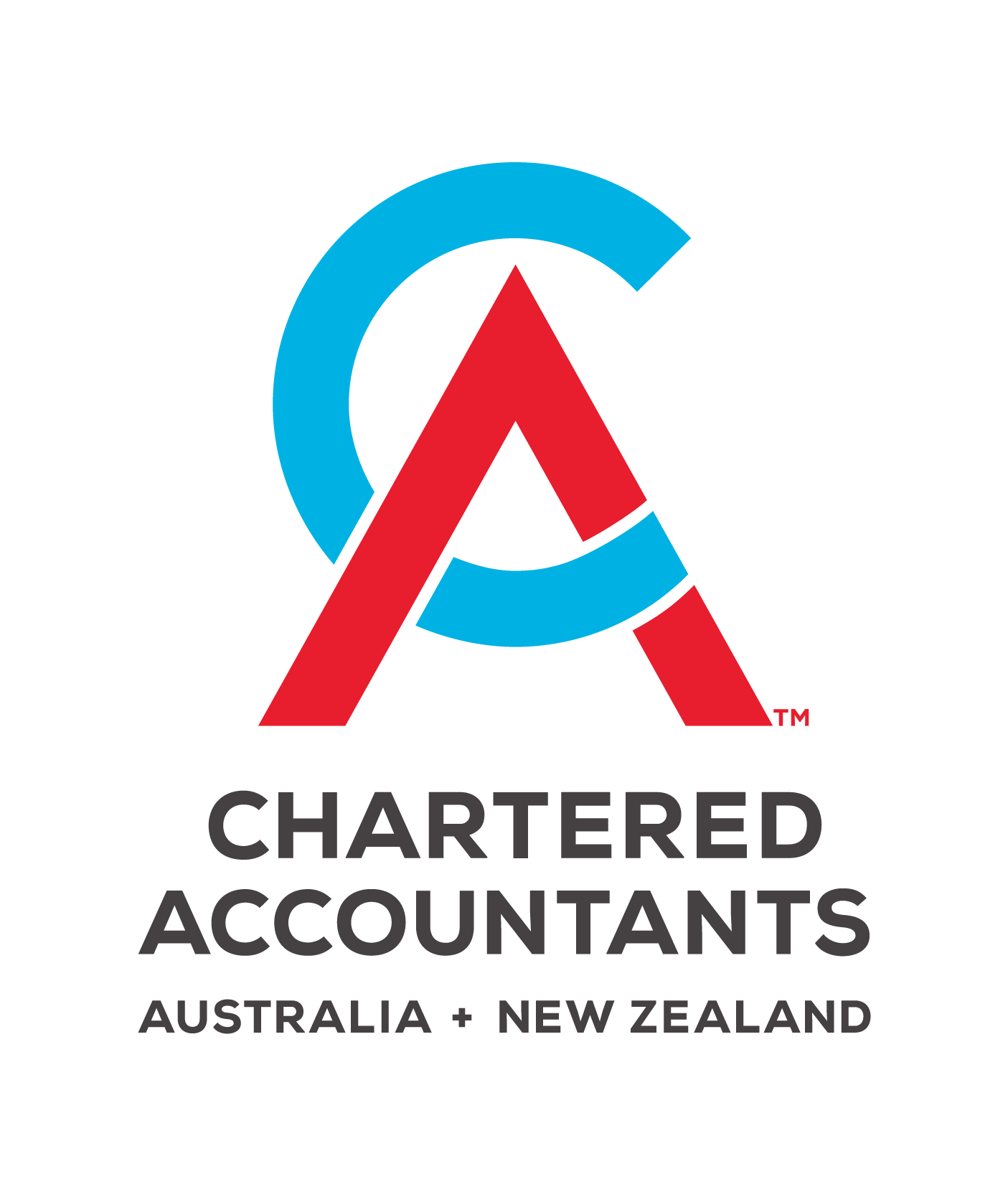News Articles
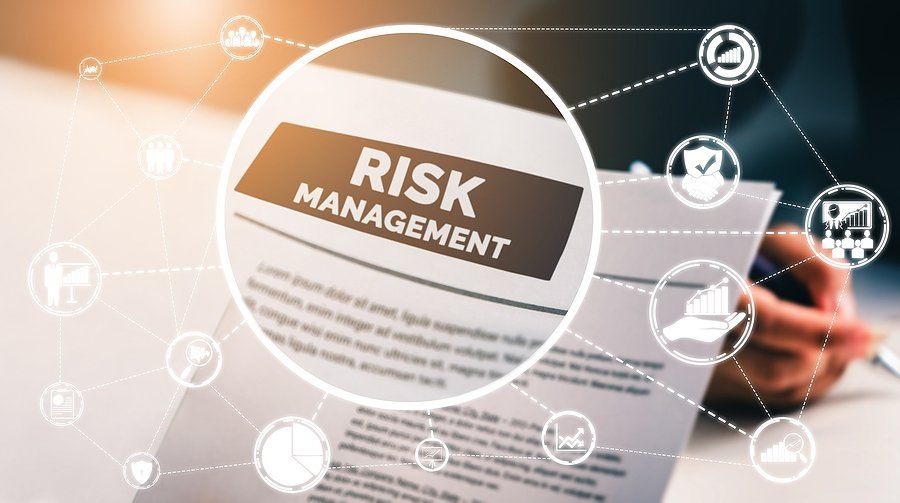
It's important to understand that doing nothing is the greatest risk to your business. No one wants their business exposed to factors that may lower its profits or cause it to go bankrupt. However, risk is a natural part of human undertakings which includes the activities of an organisation. Therefore, it’s important that all businesses review and implement a risk management framework. How do you assess what is risk and what is not risk to a business?
What is risk?
It's important to note; not all risk is inherently flawed. However, risk can be unforeseen and best defined by The International Organisation for Standardisation (ISO), "the effect of uncertainty on objectives"1.
Organisations that manage risk as an essential part of
corporate governance process understand how it plays a crucial role in decision making that benefits the business.
Risk comprises strategic, emerging, operational, people, and compliance and is based on internal, external, and broader assumptions, such as staff skills, funding, and political changes.
What are the steps in identifying risk?
Understanding the many factors that cause risk is the first step to identifying the many risks encountered in business. The Australian Institute of Company Directors (AICD)2 explains, there is no one-size-fits-all approach to developing a risk management framework. Then where do you start?
One of the first steps is to identify and comprehend the many risks encountered in business. Some risks may only have minimal impact and be easily managed, while others can be catastrophic (e.g. COVID-19 pandemic).
Risk comprises strategic, emerging, operational, people, and compliance and is based on internal, external, and broader assumptions, such as staff skills, funding, and political changes.
The more common risks include damage to/destruction of premises, loss of a significant contract, failure in technology, injury to an employee or client, withdrawal of financial facilities, to name a few.
What is a risk management framework?
The framework is best described, "A risk management framework is a set of components that provide the foundations and organisational arrangements for designing, implementing, monitoring, reviewing and continually improving risk management throughout the organisation."
Through businesses adopting a more formal process to facilitate better risk processes, this allows the board to manage risk as an integral part of its decision-making practices on an ongoing basis. Furthermore, this is not only at board level but throughout the whole organisation.
If you would like to discuss how your business can develop a risk management framework, please
contact us.
Discuss Further?
If you would like to discuss, please get in touch.
Disclaimer
The information provided in this information sheet does not constitute advice. The information is of a general nature only and does not take into account your individual situation. It should not be used, relied upon, or treated as a substitute for specific professional advice. We recommend that you contact Brentnalls SA before making any decision to discuss your particular requirements or circumstances.


